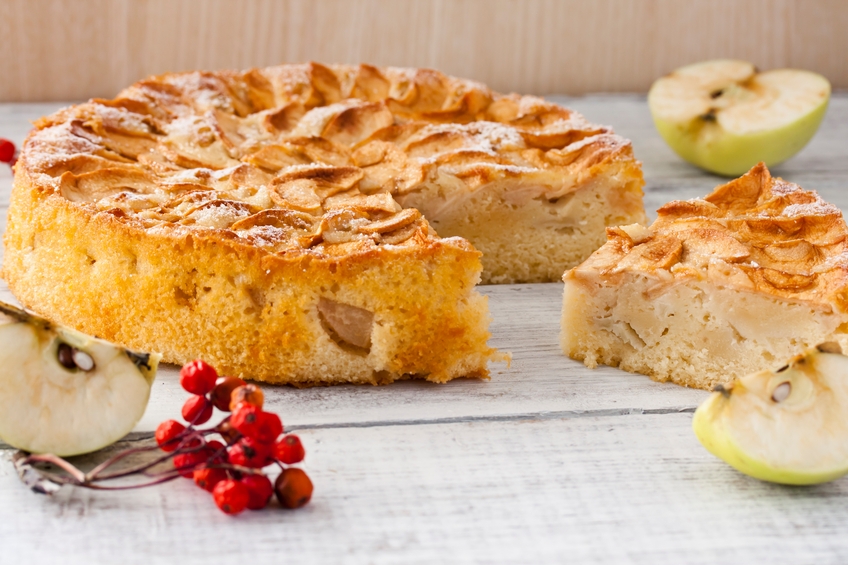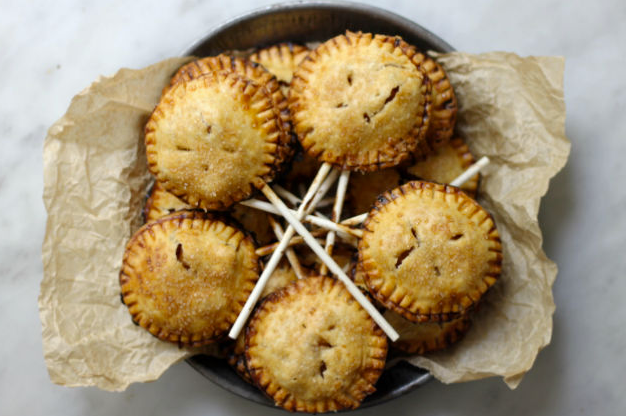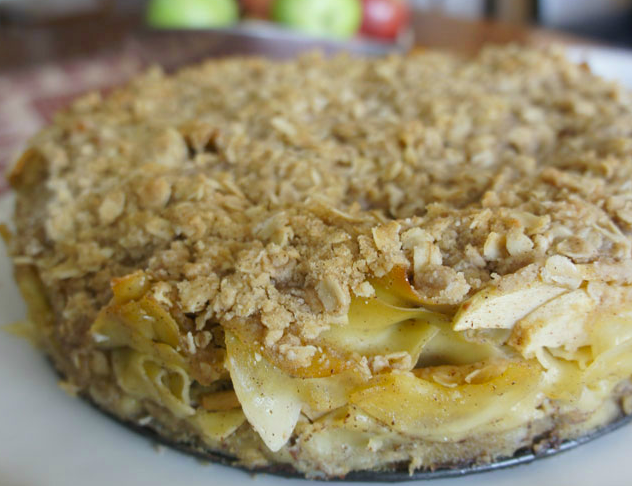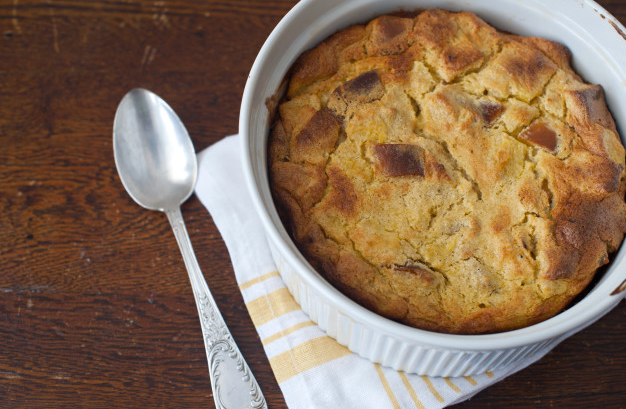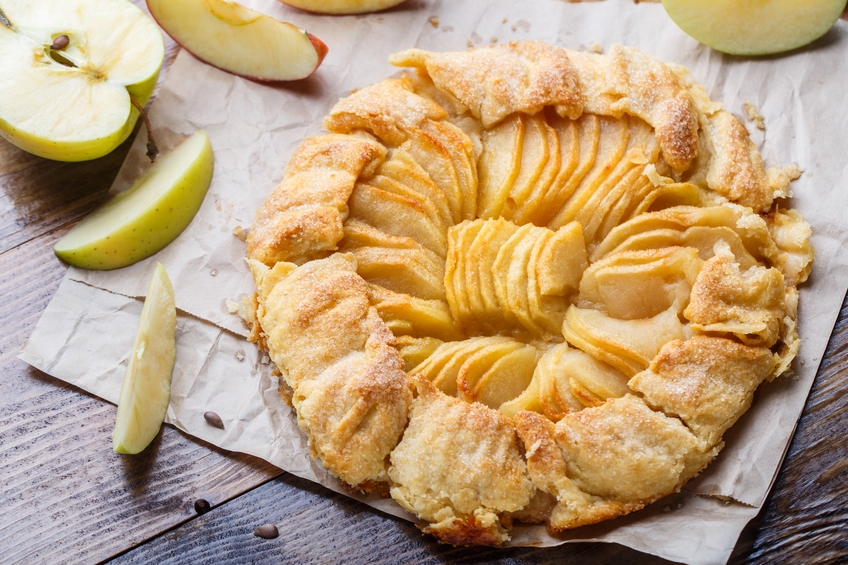Apples and honey are some of nature’s sweetest offerings, symbolizing good luck in the new year. But choosing the right apple for your apple cake or crisp can be tricky–some apples are tart and juicy when raw, but turn to mush in the oven. Whether you’re heading out to pick your own apples, or off to the supermarket, here are the best apples to bring home for baking.
Golden Delicious
This classic variety is easy to find and is one of our top picks for pies and cake. Its mellow, sweet flavor turns custardy and even buttery when baked. Consider mixing it with a tart variety in your Apple Cake for Rosh Hashanah (above).
Granny Smith
This is one of our favorites for baking because its tart, crisp flesh counteracts the sweetness of honey and sugar. They stay firm and tart when baked, making them perfect for Apple Pie Honey Pops or this Caramelized Apple Cake.
The Nosher celebrates the traditions and recipes that have brought Jews together for centuries. Donate today to keep The Nosher's stories and recipes accessible to all.
Gala
One of the sweetest apples you can find, Gala is versatile and easy to find year-round. It doesn’t brown as fast as other apples, so it’s perfect for salads. Because they’re so sweet, and not as firm (some have a bit of graininess), they work beautifully in savory pastries and breads, like Balsalmic Apple Date Challah for Rosh Hashanah.
Ginger Gold
These are a great choice if you want your apple cake to be less mushy and more chewy. Consider using them in our Gluten-Free Apple Honey Cake to contrast with the cake’s nutty flavors.
Jonagold
Cross between a Golden Delicious and a Jonathan, this apple has notes of honey and a hint of tartness. It’s firm and holds when baking. It’s a great choice for an apple pie or Apple Kugel Crumble Cake.
Pink Lady
Crisp and refreshing, the Pink Lady is one of our favorite snacking apples. Bright and effervescent, it’s a perfect addition to salads. Slice them thinly with a mandolin, or dice them in this Chopped Kale Salad with Apples and Roasted Beets. If you want to bake with them, they will stay firm and sweet in pies and tarts.
McIntosh
These thick-skinned apples have a bright, juicy texture that’s perfect for applesauce, but not ideal for pies and crisps. Use your homemade applesauce and some leftover
in this Applesauce Souffle Bread Pudding.
Northern Spy
Developed in Northern New York in the early 1800s, this is one that many cookbooks recommend for pies. Thin skinned, yet firm and juicy inside, they’re a great choice for tarts and pies — and you don’t have to peel them. When baked, they taste smooth and sweet, like honey. Use these in your next Apple Galette.
Braeburn
A pie of Braeburn apples might hold its shape but lack in flavor. Don’t overlook these perfect baking apples — use them alongside a tart apple, like Granny Smith or Northern Spy for more complex flavors. This combination would be perfect in Ronnie Fein’s Apple Pie.
Honeycrisp
The ultimate snacking apple is delicious in salads and slaws. Instead of tossing them into a pie cloaked in spice and sugar, use them when you’re making stuffed baked apples, like Oatmeal Brown-Sugar Baked Apples.
Rosh Hashanah
Pronounced: roshe hah-SHAH-nah, also roshe ha-shah-NAH, Origin: Hebrew, the Jewish new year.

Help us keep Jewish knowledge accessible to millions of people around the world.
Your donation to My Jewish Learning fuels endless journeys of Jewish discovery. With your help, My Jewish Learning can continue to provide nonstop opportunities for learning, connection and growth.
